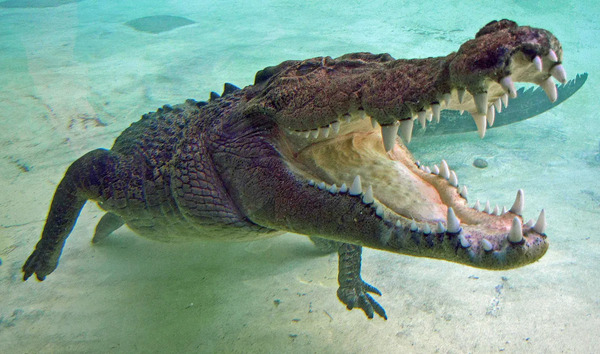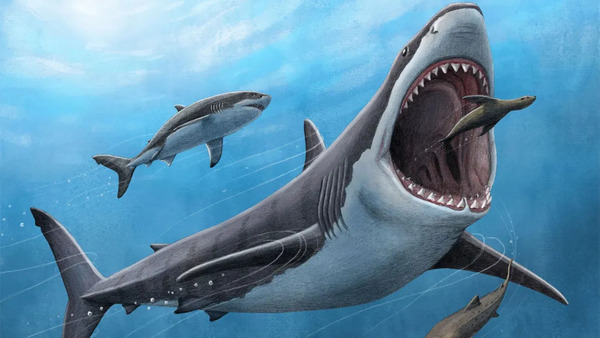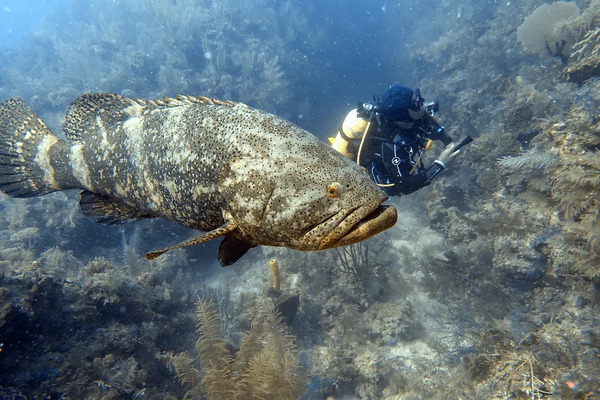Sea snakes, with their unique adaptations and often venomous bites, are fascinating creatures of the marine world. However, they are not invulnerable; various predators have evolved to prey on these elusive serpents. In this article, we will explore the animals that eat sea snakes, their hunting strategies, and the ecological roles these interactions play in marine ecosystems.
Sea snakes belong to the family Elapidae and are primarily found in the warm coastal waters of the Indian and Pacific Oceans. They have adapted to life in the sea, with flattened bodies and paddle-like tails that aid in swimming. While many species possess potent venom, this does not deter all predators.
Venom: Most sea snakes are highly venomous, capable of delivering a lethal bite. However, their bites are rare due to their generally passive nature and the fact that they rarely confront larger predators.
Diet: Sea snakes primarily feed on fish, eels, and other marine creatures. They have specialized adaptations, including elongated bodies and lung systems that allow them to remain submerged for extended periods.
Saltwater crocodiles are one of the most formidable predators of sea snakes. These large reptiles are opportunistic feeders and will eat almost anything they can overpower.
Hunting Strategy: Saltwater crocodiles utilize their powerful jaws and stealthy approach to ambush sea snakes. They are often found in estuaries and mangroves where sea snakes may venture.

Several species of sharks, including tiger sharks (Galeocerdo cuvier) and bull sharks (Carcharhinus leucas), are known to prey on sea snakes. Their keen sense of smell and speed make them effective hunters in the water.
Hunting Strategy: Sharks often use surprise attacks, leveraging their speed and agility to catch sea snakes off guard. Tiger sharks, in particular, have been observed consuming a wide variety of prey, including sea snakes.

Certain large predatory fish, such as groupers and barracudas, also target sea snakes. These fish are known for their swift movements and powerful jaws.
Hunting Strategy: These predators use ambush tactics, waiting for sea snakes to come into range before launching a swift attack.

Interestingly, some larger species of sea snakes are known to eat smaller sea snakes. This intra-species predation is not uncommon in the animal kingdom.
Hunting Strategy: Larger sea snakes will often hunt their smaller relatives by using their speed and venom to subdue them.
Certain birds, such as ospreys and sea eagles, are known to hunt sea snakes. They often swoop down from perches to snatch snakes off the surface of the water.
Hunting Strategy: These birds rely on their keen eyesight to spot sea snakes swimming near the surface and use their sharp talons to catch them.
The predation of sea snakes plays a significant role in marine ecosystems. Here are some key points to consider:
Population Control: Predators help regulate sea snake populations, preventing overpopulation and ensuring a balanced ecosystem.
Food Web Dynamics: Sea snakes are both predators and prey within the marine food web. Their interactions with other species help maintain ecological balance.
Nutrient Cycling: When predators consume sea snakes, they contribute to nutrient cycling in marine environments, enriching the ecosystem.
While sea snakes are well-adapted to life in the ocean, they are not free from the threats of predation. Saltwater crocodiles, sharks, larger fish, other snakes, and birds of prey all play significant roles in the food web by hunting these fascinating creatures. Understanding the dynamics of these predator-prey relationships enhances our appreciation of marine ecosystems and underscores the importance of conserving both sea snakes and their predators. As we continue to study these interactions, we gain valuable insights into the complexity of life in our oceans and the delicate balance that sustains it.
animal tags: Snakes
We created this article in conjunction with AI technology, then made sure it was fact-checked and edited by a Animals Top editor.